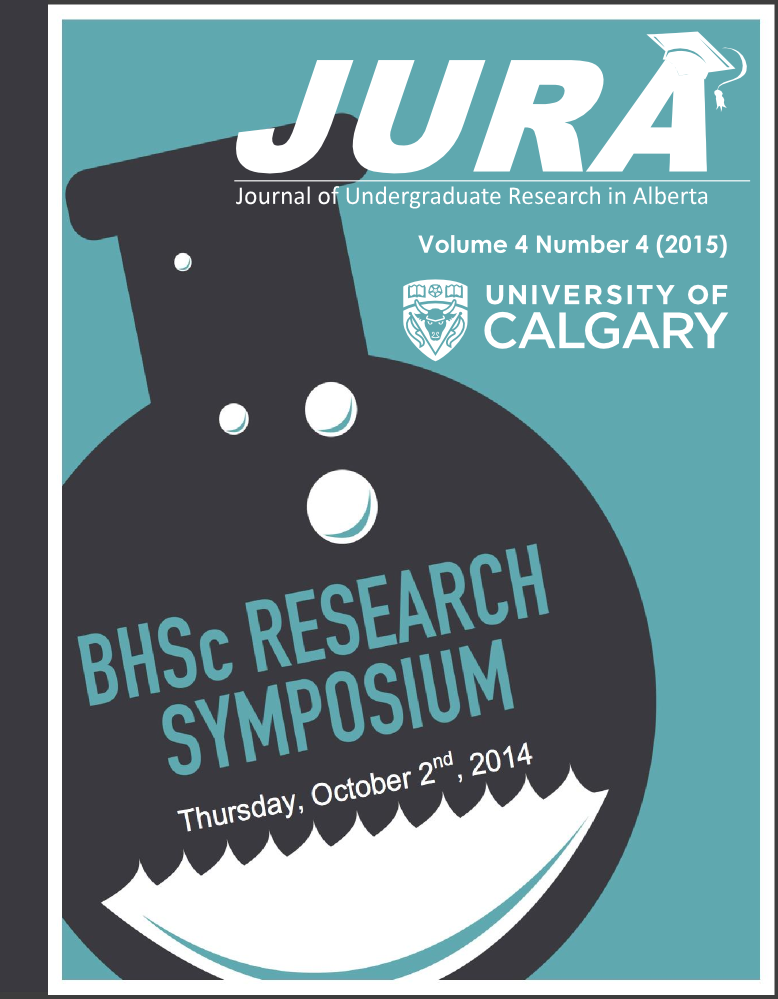Is fast food speeding up the aging process? Comparing the skeletal muscle inflammatory environment in diet induced obesity model and aging model
Abstract
INTRODUCTION
Obesity, linked to various deleterious health problems such as heart disease and Type II diabetes, is becoming a public health concern and economic burden worldwide. Loss of skeletal muscle content, or atrophy, and fat infiltration are often reported in obese individuals. In a separate population, elderly adults also exhibit a loss of muscle mass commonly referred to as sarcopenia. Similarly, both of these populations are characterized by systemic inflammation. Although these populations are considered different, it is not yet known whether skeletal muscle inflammation is similar in obese and aging rats, or if obesity may be an accelerated model of aging. Therefore, the purpose of this study was to compare the general cellular infiltration associated with inflammation in the tibialis anterior (TA) muscle of a diet induced obesity model, and an established aging model against a young healthy model, in rats.
METHODS
Fourteen male Sprague Dawley rats were provided a high-fat, high-sucrose diet for 6months. Rats were sacrificed at 6months, n=6 were analyzed. The TA muscles from the non-perturbed contralateral limb of 12 Fisher 344 x Brown Norway rats old (n=6) and young (n=6), were collected following mechanical testing. All TA muscles were harvested and flash frozen. Four 8μm histological cryosections were mounted, stained with Hematoxylin and Eosin (H&E), and imaged using light microscope. Because skeletal muscle naturally consists of resident ‘anti-inflammatory’ macrophages, stereological point counting techniques were used to count clusters of immune cells likely associated with a ‘pro-inflammatory’ response. These clusters were normalized per 100 muscle fibres. All procedures were performed according to the guidelines of the Canadian Council on Animal Care and were approved by the Animal Care Committee of the University of Calgary.
RESULTS
A Kruskal-Wallis One-Way ANOVA was used to determine differences between groups. Obese rats had a significantly greater number of immune cell clusters per 100 muscle fibres compared to Young rats (p=0.027). No statistical differences were observed between Obese and Old rats.
DISCUSSION AND CONCLUSION
The inflammatory environment within the skeletal muscle of rats fed a high-fat, high-sucrose diet more closely resembled elderly skeletal muscle. This was surprising considering the average age difference between the Obese and Young rats at time of sacrifice was only one month (9 and 8months respectively), compared to Old rats at 36months. Additionally, similar gross morphological differences were observed in the Old and Obese rats such as inflammatory cell mediated fibre breakdown, and fat infiltration, not observed in the Young tissue. The inflammatory process in skeletal muscle is crucial to the maintenance, repair, and regeneration of skeletal muscle. Dysregulation of this response may have severe consequences for skeletal muscle health, especially as younger obese individuals progress into old age.
Downloads
Downloads
Additional Files
Published
Issue
Section
License
Authors retain all rights to their research work. Articles may be submitted to and accepted in other journals subsequent to publishing in JURA. Our only condition is that articles cannot be used in another undergraduate journal. Authors must be aware, however, that professional journals may refuse articles submitted or accepted elsewhere—JURA included.


